Starting your Garden: Tips for Young Gardeners

Starting your Garden: Tips for Young Gardeners
“Gardening is the most therapeutic and defiant act you can do, especially in the inner city. Plus, you get strawberries.” – Ron Finley
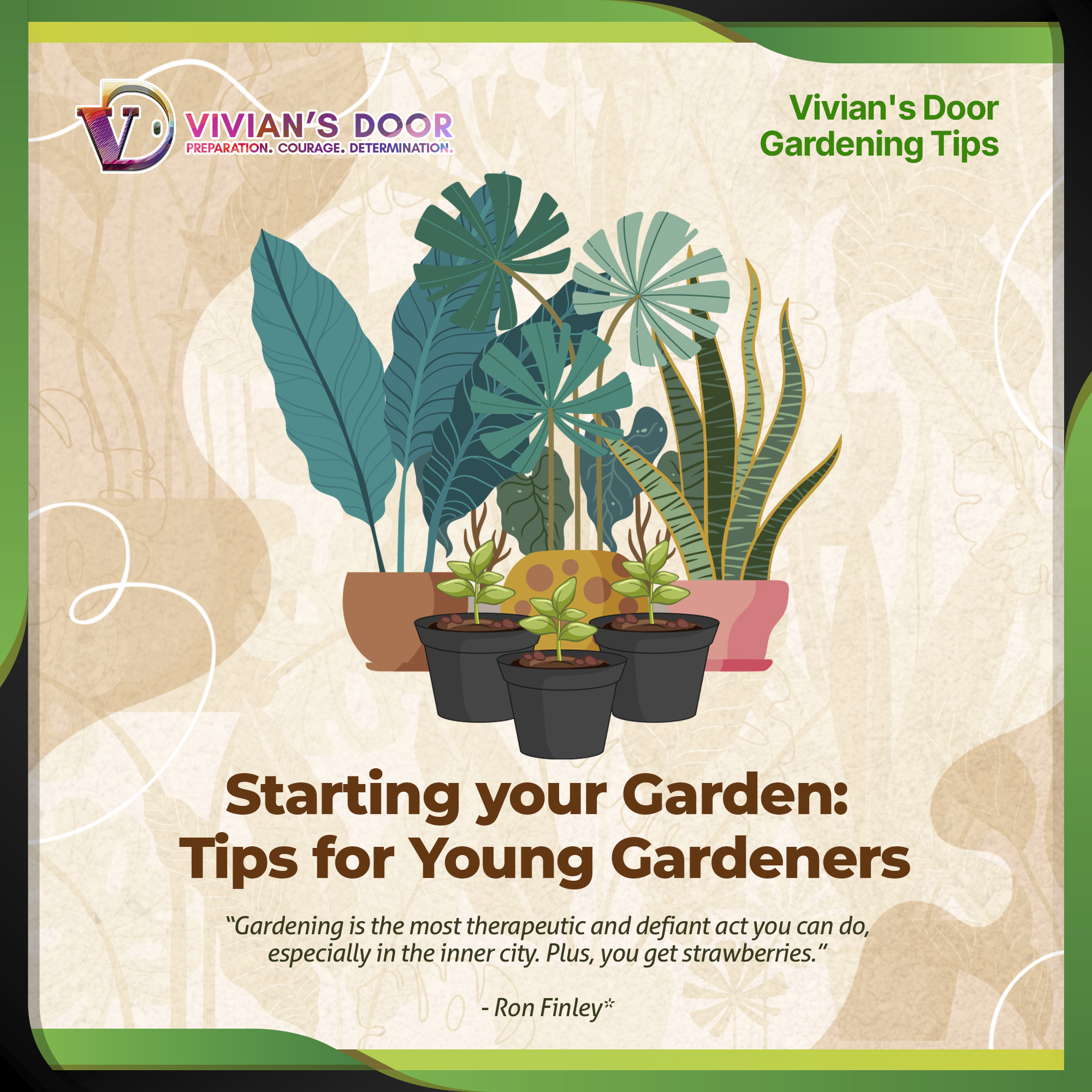
Hey there, little gardener! Are you ready to get your hands dirty and start your garden? Were you inspired by our fantastic time at the Vivian’s Door Ag Club, or are you simply curious about growing plants like your grandparents in your backyard? In either case, this guide is for you. Starting a small garden might seem overwhelming, but with the proper guidance and excitement, you’ll grow vegetables and flowers quickly. Let’s dive in!
Getting Started: The Basics
First things first, you need to pick the perfect spot for your garden. It could be a sunny spot in your backyard, a few pots on your balcony, or even a community garden plot. Finding a place with at least six hours of sunlight daily is vital to growing a thriving and surviving garden. Plants love sunlight – it’s like their morning java.
Next, let’s talk about soil. Healthy soil is the foundation of a thriving garden. You can use available containers like pots or buckets; ensure you buy a good quality potting mix. Add compost or organic matter for garden beds to improve the soil. Think of it as giving your plants a nutritious meal to start their day right.

Choosing Your Plants: Grow What You Love
Now comes the fun part – picking what to plant! Start with something you love to eat or something that catches your eye. If you’re new to gardening, try easy-to-grow veggies like tomatoes, lettuce, or radishes. These plants are forgiving and will give you a quick harvest, which is super motivating.
Remember herbs! Basil, mint, and cilantro are excellent choices and are perfect for adding fresh flavors to your meals. Plus, they’re low maintenance. If you have a sweet tooth, consider planting some strawberries – they’re delicious, fun to grow, and add color to your salad.
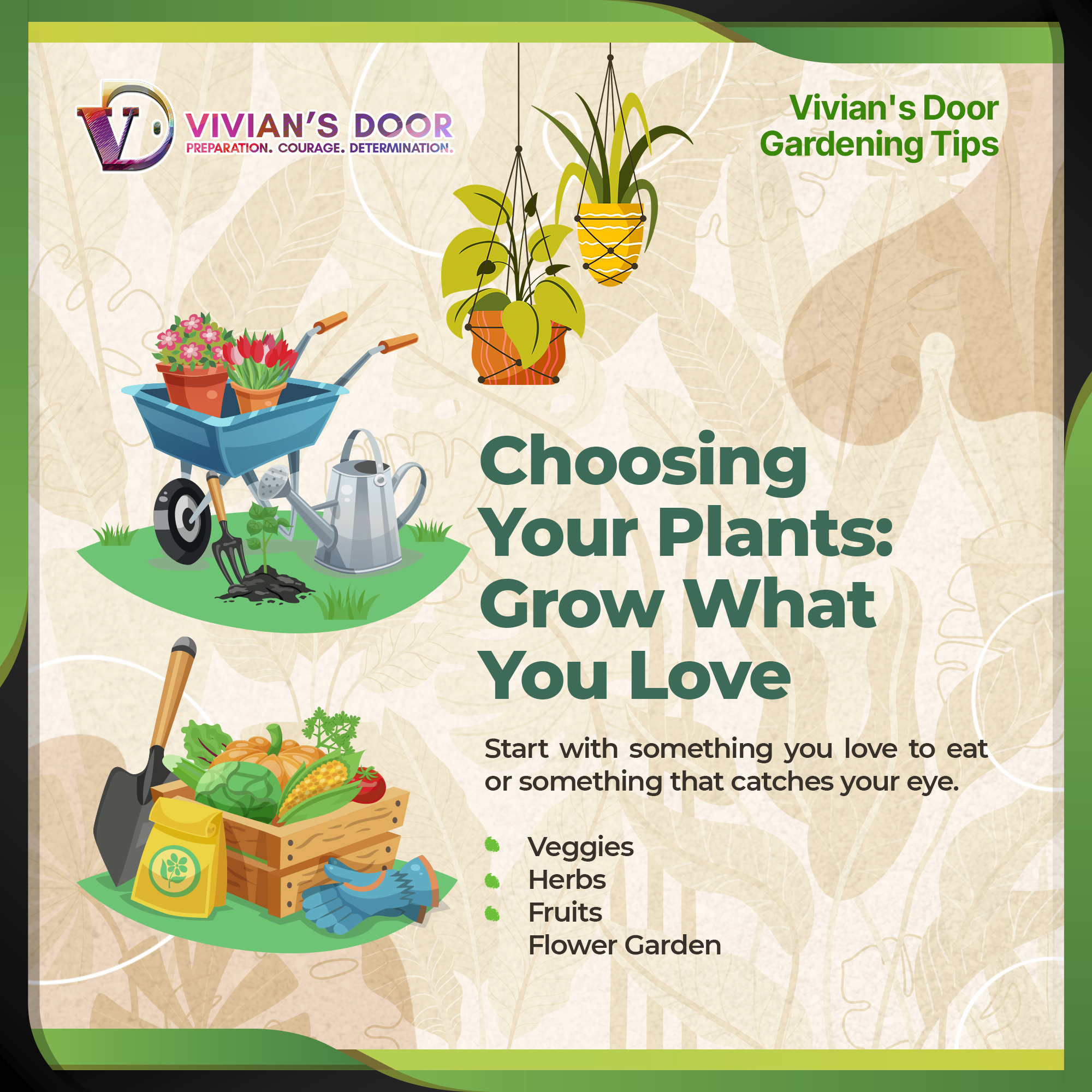
Planting and Caring for Your Garden
When it’s time to plant, follow the instructions on the seed packets or plant tags. Generally, seeds need to be planted at a certain depth and spaced out properly to give them room to grow. If you’re transplanting seedlings, be gentle with their roots and water them well after planting.
Watering is crucial. Most plants need about an inch of water per week, which can vary. Check the soil before watering – it’s time to water if it feels dry. Early morning is the best time to water your garden, as it reduces the risk of mold and mildew.

Keep an eye out for pests and diseases. Healthy plants are less likely to get sick, but sometimes pests happen. You can use natural remedies such as neem oil or introduce beneficial insects like ladybugs to keep away any harmful bugs.
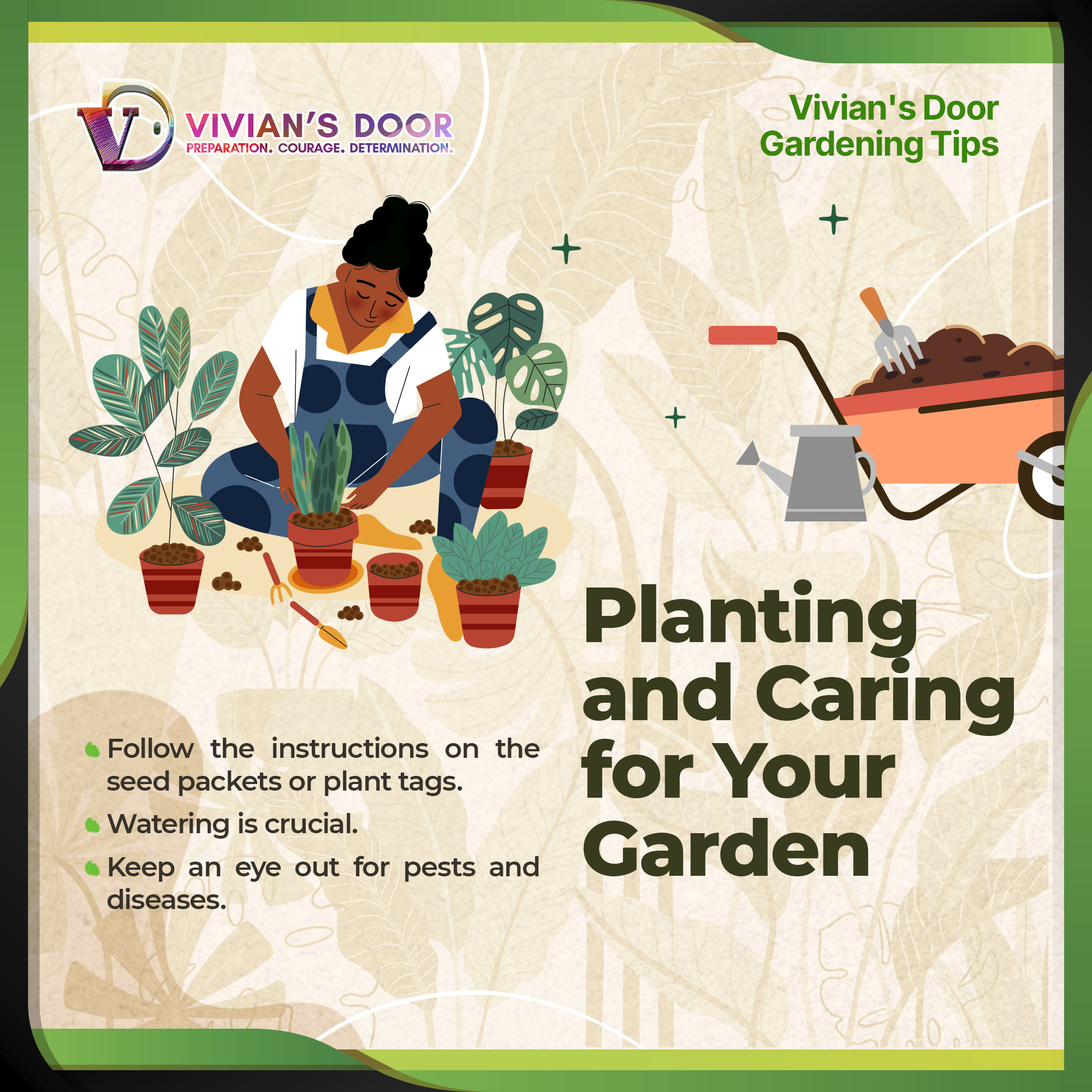
Harvesting: Enjoy the Fruits of Your Labor
Harvesting is the reward for all your hard work. Pick your veggies when they’re ripe – usually when they reach their full size and color. For continuous harvests, like lettuce and herbs, pick the outer leaves or stems so the plant keeps producing.

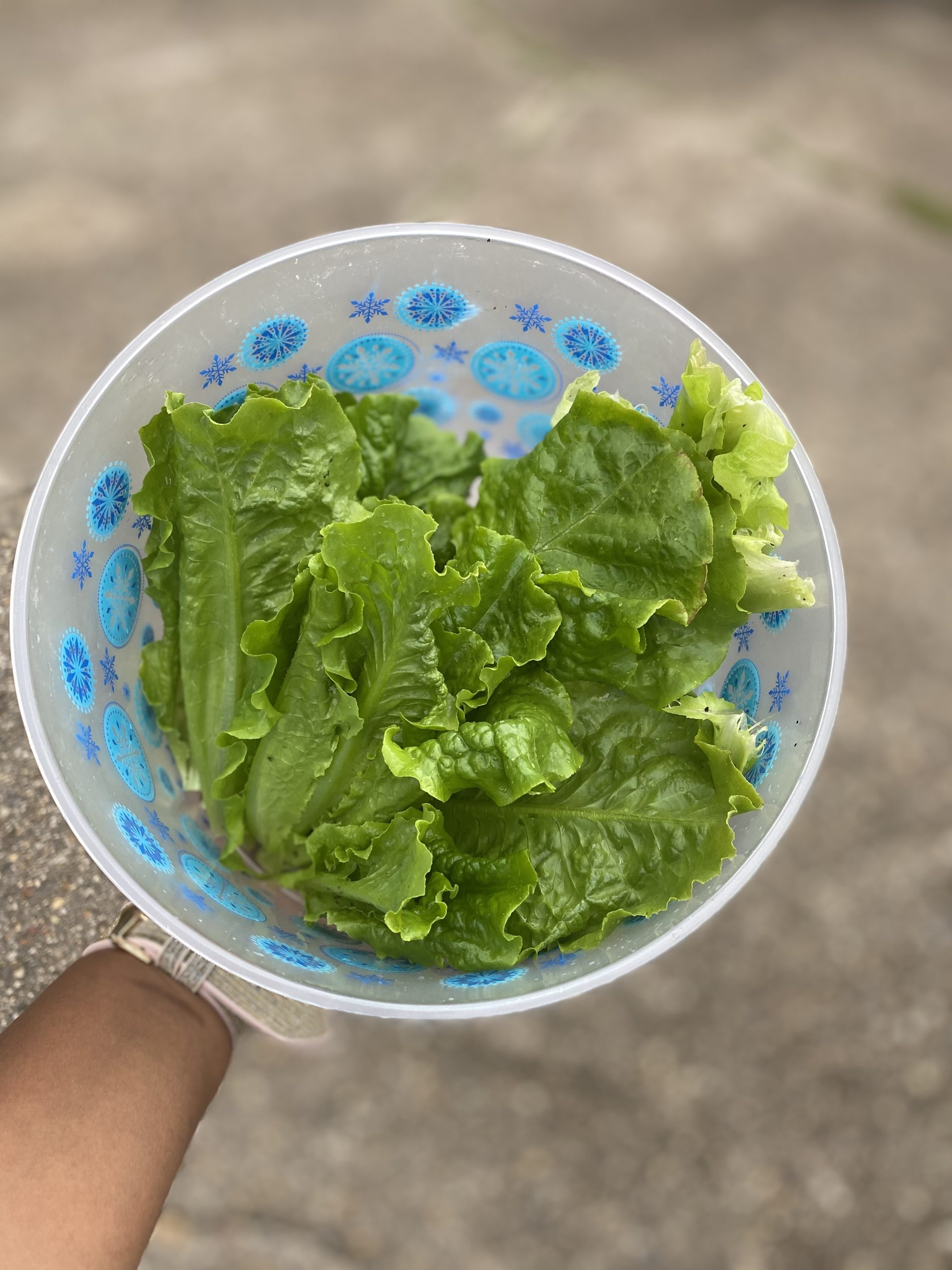
Not only will you enjoy fresh, home-grown produce, but you’ll also feel a sense of accomplishment. There’s nothing quite like biting into a tomato that you grew yourself. It tastes better, trust me!
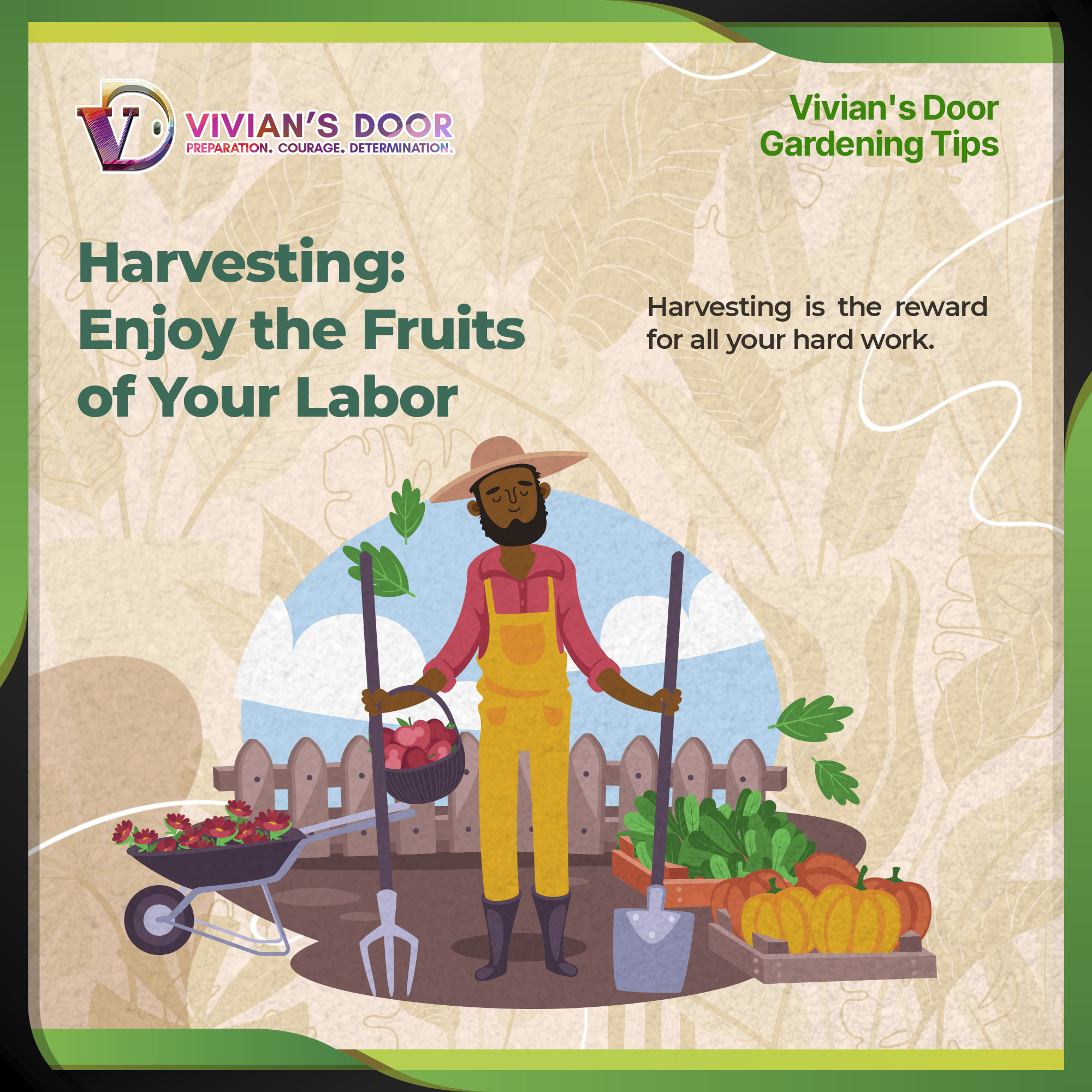
Wrapping It Up: Keep Growing and Learning
Starting your garden is just the beginning. Gardening is a journey of learning and discovery. You’ll make mistakes, but that’s part of the fun. Each season brings new challenges and rewards. Keep experimenting with different plants and techniques. Before you know it, you’ll have a green thumb!
As we wrap up let’s remember Ron Finley’s words: Gardening is therapeutic and empowering. It’s a way to connect with nature, improve your health, and even fight food insecurity in your community. So, grab some seeds and your garden tools, get outside, and start growing!

Learn More about The AG Club HERE
Happy gardening, future green thumbs!













